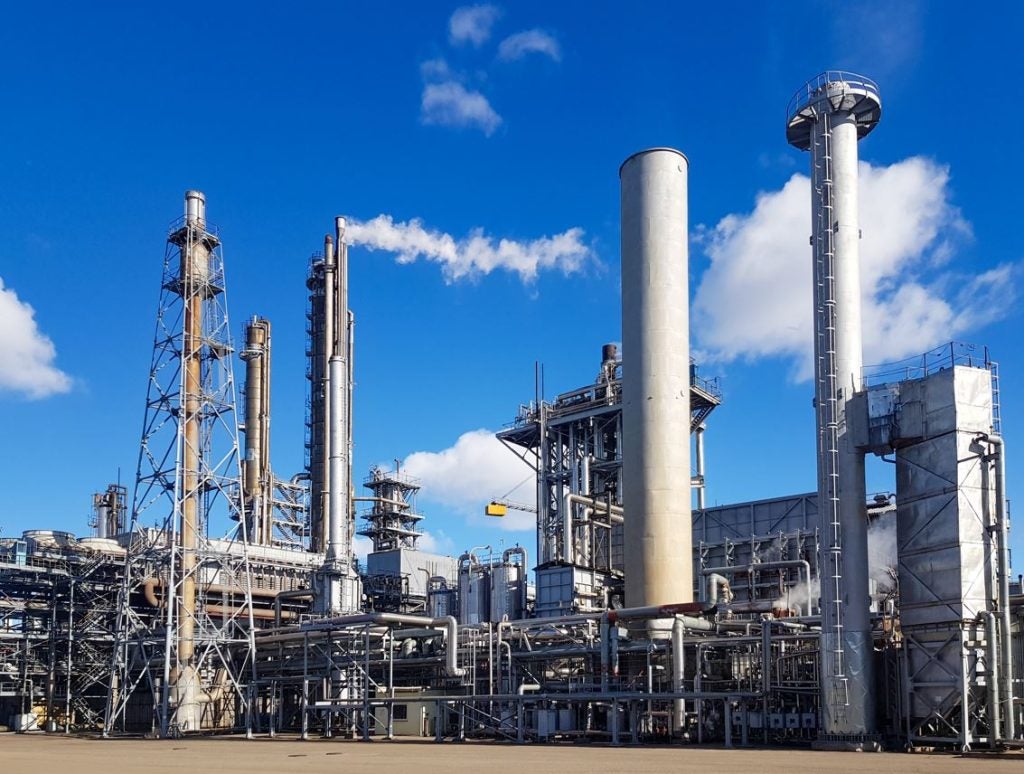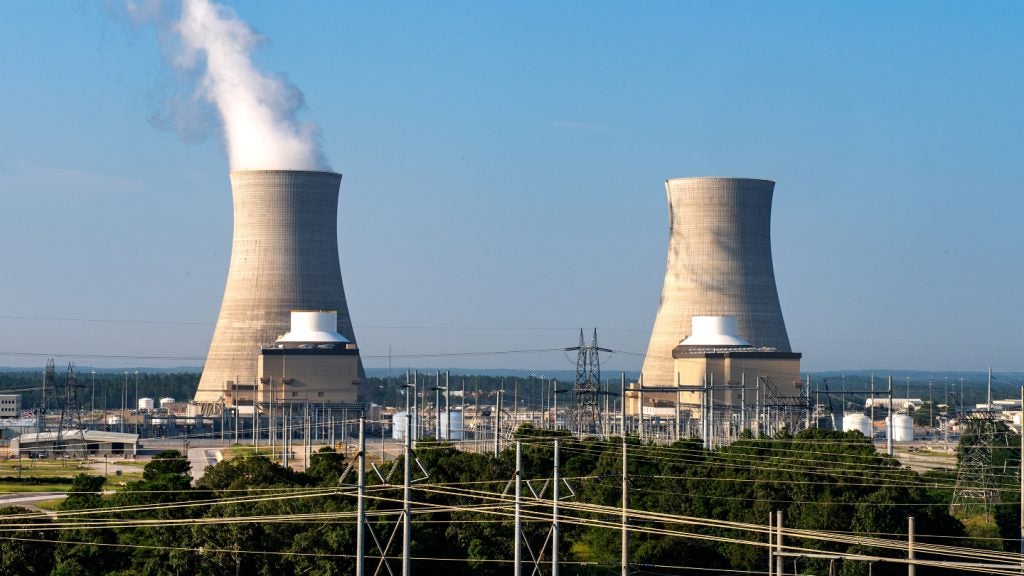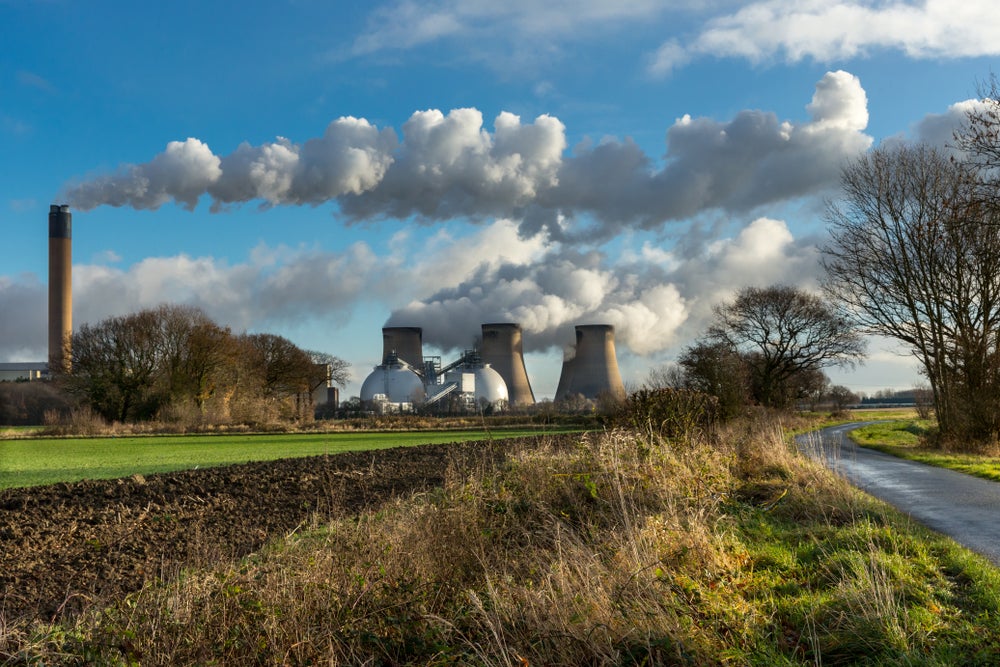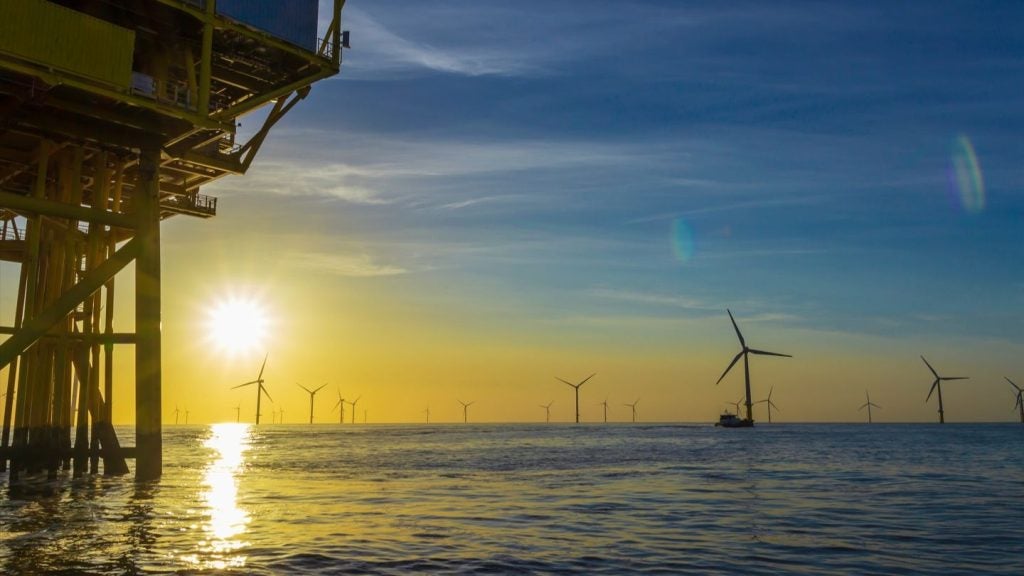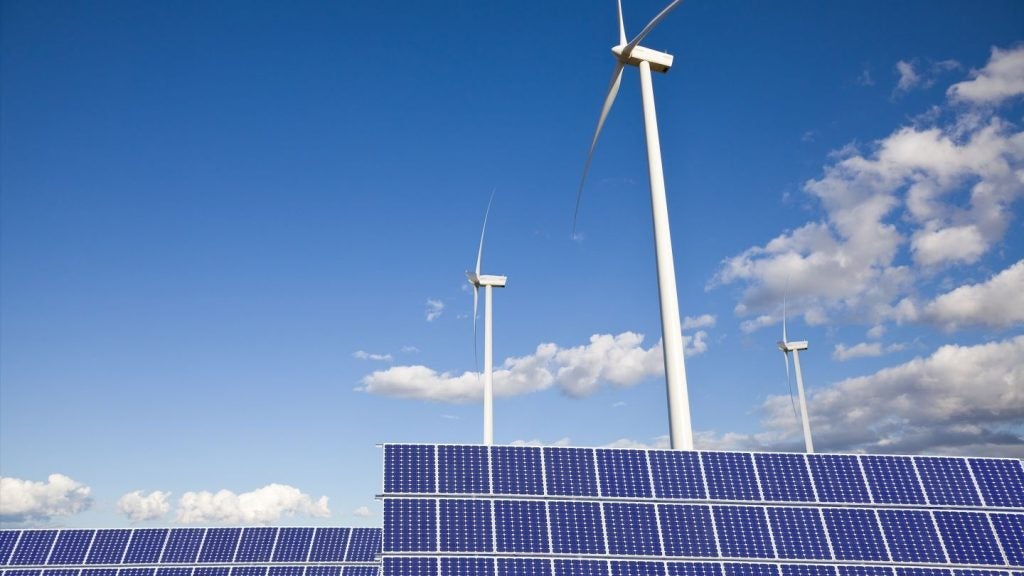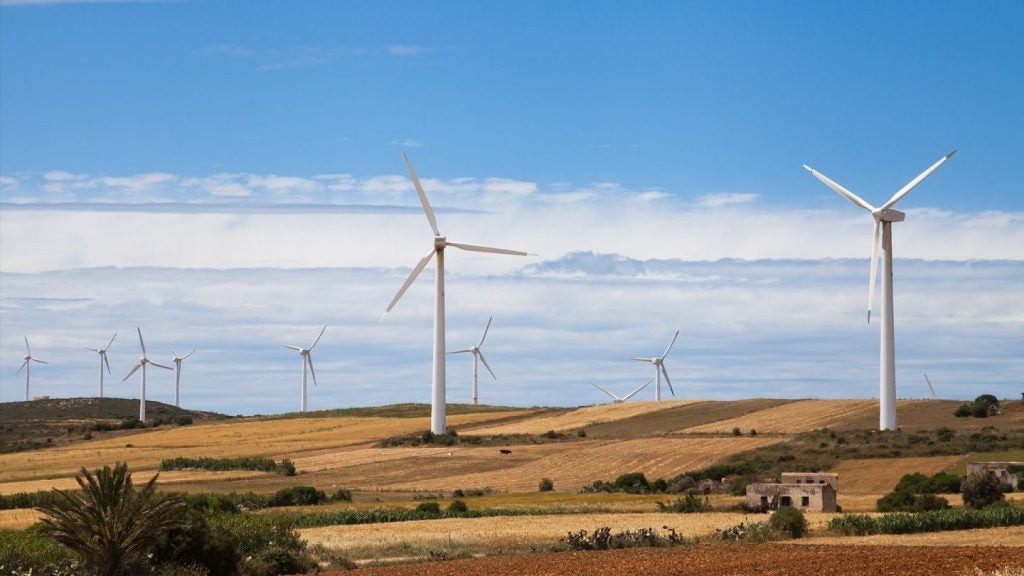The Cayman Islands-based renewable energy development subsidiary of Brooge Energy has announced the successful completion of a feasibility study for its prospective green ammonia project in Abu Dhabi, United Arab Emirates (UAE).
The Brooge Renewable Energy (BRE) green ammonia project will feature a 1,950- tonne-per-day (tpd) capacity green ammonia plant. To be delivered in two phases, an initial 300tpd phase will be constructed prior to the entire plant’s completion. Once fully commissioned, the BRE green ammonia plant will produce 685 kilotonnes per year.
Brooge claims it will have a competitive edge over other global green ammonia exporters as a result of the lower prices of renewable energy in the Middle East driving down the cost of green ammonia production. Over the past decade, the cost of wind and solar electricity generation has declined by 70% and 80%, respectively, and will continue to fall.
The Middle East location of the project will also see a low cost of shipping. Citing “lower freight cost to key end-markets”, BRE will benefit from shipping green ammonia to Asia without the need to go through the backed-up Panama Canal, while maintaining a close proximity to Europe, which will also expect to import much ammonia.
“With our early mover advantage and strategic location, we are confident that our export-focused green ammonia production facility will not only meet the rising global demand for green hydrogen carriers but also contribute significantly to the UAE’s and the world’s net-zero targets,” said Lina Saheb, Interim Brooge CEO.
Ammonia, particularly green ammonia, is set to be a vital component of the global energy transition towards decarbonisation. Ammonia can be used as a storage carrier for hydrogen, which is an important renewable energy source. As hydrogen liquefaction is far costlier than natural gas liquefaction, converting it to ammonia for transport is the optimum method of exporting this renewable energy source. As hydrogen grows in importance, so will green ammonia.


